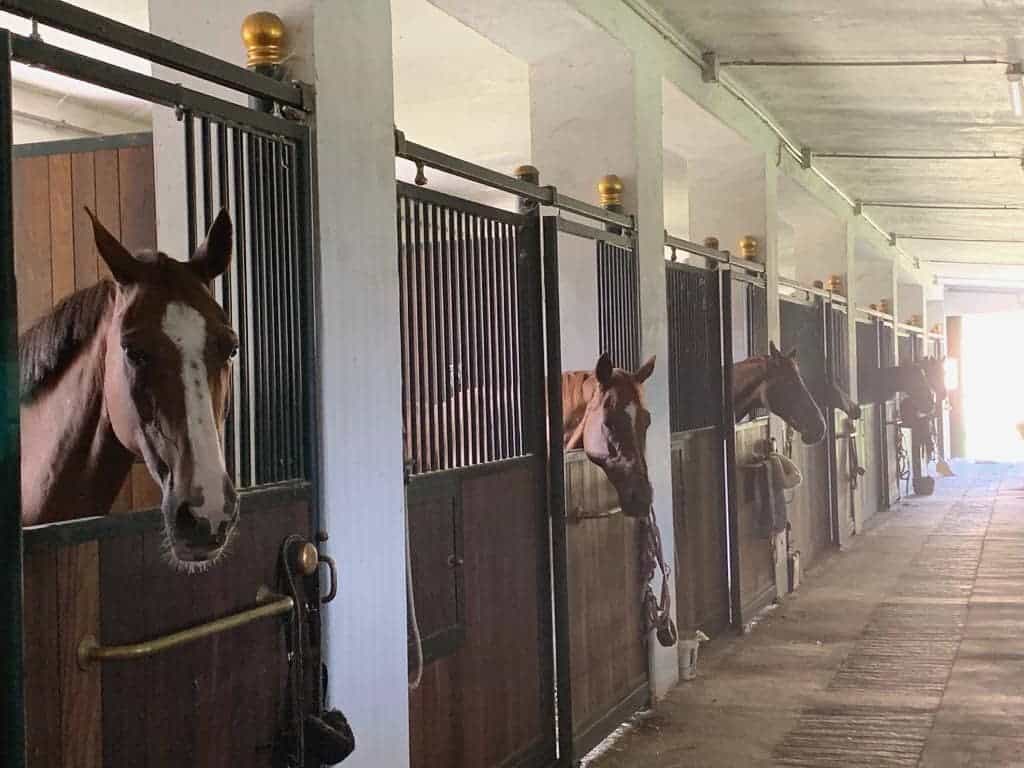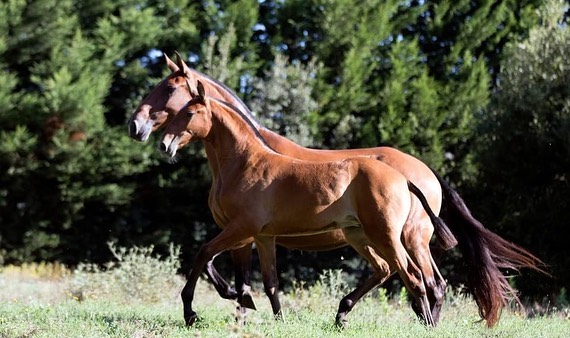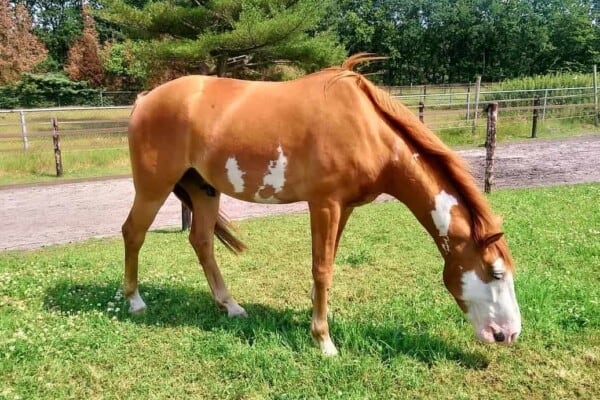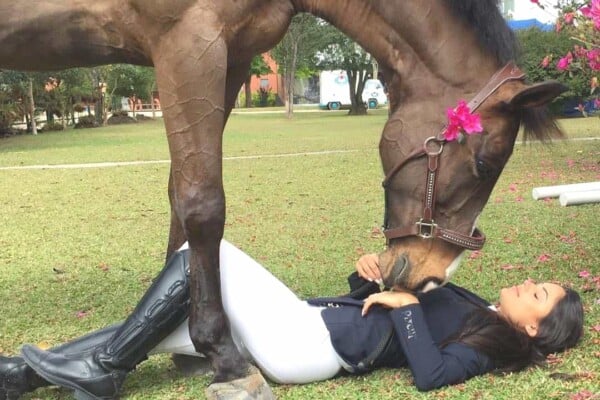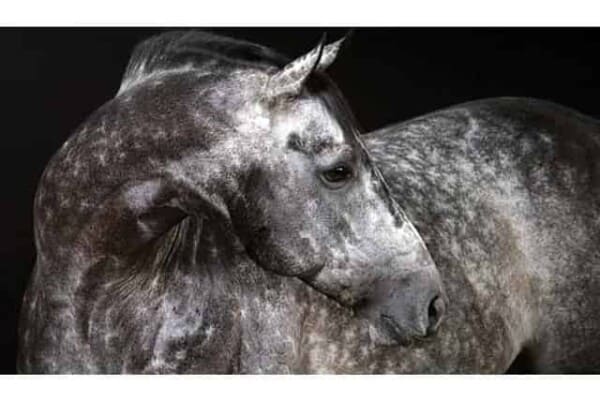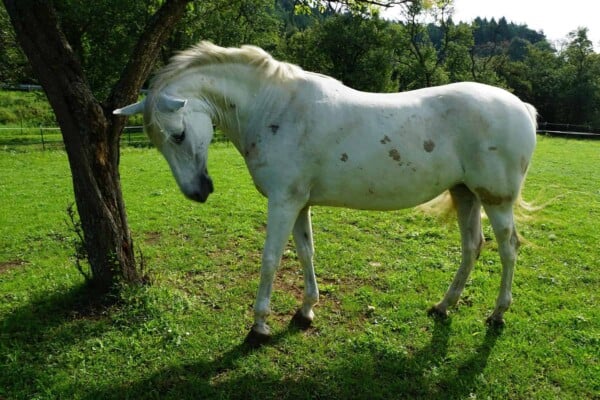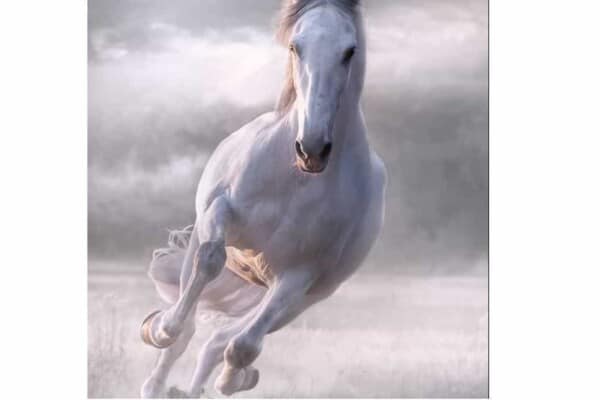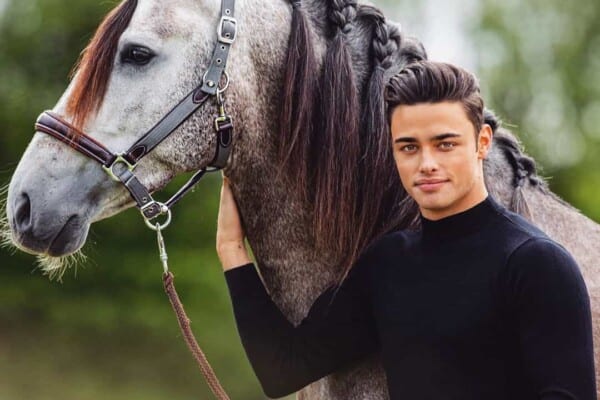Most riders think about accidents and injuries occurring when the horse is under saddle or at liberty in the field or even out at a competition but how safe is your yard and barn? Your horse spends a lot of time in the barn over the course of a year and this can also be a hazardous environment.
Horses are just as prone to injury in the barn and yard environment but with a little care, forethought and organisation, it is possible to make both as safe as possible and minimise the risk of injury significantly. We appreciate that Barn safety is not the most exciting topic but by reading some of the tips below may help you to avoid a serious injury to your horse or even yourself.
14 general tips for Yard/Ranch safety
Yard safety is about ensuring a practical working space which minimises injuries to your horse or worse whilst allowing horse owners and grooms to go about their daily tasks in a practical, safe and well thought out space.
- Keep the yard surface clear of dirt and detritus which can be a trip or slip hazard – it is also unhygienic and piles of muck can harbour disease and bacteria
- Ensure that there is adequate drainage and that the drains are kept clear and unblocked, a challenge with all the hay and straw and horsehair that can accumulate on the ground. Pooling water is always a danger particularly in freezing conditions and it can be hard to see black ice if the surface of the yard is dark in colour
- Make sure that the yard gates are kept in good working order and open and close effortlessly. Every horse owner has had the experience of wrestling with an uncooperative gate with a sharp or flighty horse
- Ensure that there are locations where people can groom, wash down or tack up their horse which are equipped with shelves or areas where equipment can be kept off the ground whilst it is in use
- Ensure sufficient distance when horses are tied up together in a particular location. This will help to prevent squabbling and kicking injuries
- Store tools in a tool store when they are finished with and don’t leave them lying around the yard
- Make sure there is adequate storage for each horse’s tack, rugs and equipment in a safe and accessible place
- Never leave hay nets on the ground, they are the world’s worst trip hazard
- Electrical wiring should be inaccessible to the horse and also vermin proof and regularly checked for safety by an electrician
- The feed room should not be accessible to horses under any circumstances and all feed should be stored in galvanised metal bins which are inaccessible to both horses and rodents
- The yard should have a strict ‘no smoking’ policy
- Try and keep the yard area clear for the passage of horses to and fro, do not store machinery or other materials which may get in the way and could be combustible, i.e fuel-driven vehicles and equipment and hay and straw stacks
- Have a fire safety policy and work out where horses should be evacuated to in the event of a fire
- Ensure there is sufficient light in the areas where it is required so that people and horses can see sufficiently well in the dark. Gloomy and poorly lit areas will encourage spooking and bad behaviour and make it difficult for both horse and handler to see any obstructions
9 Tips when In the barn
The golden rule in the barn is to have a minimal amount of fittings and equipment which can be hazardous for the horse.
- Try and avoid storing items in the horse’s barn, use the area outside the box or create more space in the tack room
- Keep the area outside the barn as clear as possible and try and keep everything off the ground – not only will it keep it dry and in better condition but it is less likely to cause entanglement or a trip hazard
- Ensure the barn is level and if it is not, use mats or a shavings bedding to fill in any dips or holes
- Make sure the barn is big enough for the horse and the doorways are wide enough and that there is sufficient headroom
- Light bulbs and fittings should be covered and any glass protected with a grill
- Ensure that barn is well ventilated and dust-free environment to avoid respiratory conditions like RAO – Recurrent Airway Obstruction
- Check the barn regularly for damage or protruding sharp objects like nails or splinters of wood
- Regularly disinfect the barn and clear of any bedding to ensure that there there is no nasty build up of bacteria and reduce the risk of disease transmission.
- Fixtures and fittings should be kept to a minimum and positioned in such a way that injury is avoided especially to the horse’s eyes, these include hay racks, tie rings, water bowls and feed mangers
Dealing with injuries
There should be a comprehensive and well-stocked veterinary box available for injuries of all types as an immediate first aid point. It is important to keep these supplies stocked up and regularly checked.
Veterinary details should be ready to hand plus the numbers for different owners if the barn is a livery facility.
Safe practises
A safe and well thought out barn and yard is a pleasure to work in and enjoyable for your horse as well. Try and follow good safety practises such as always ensuring yard gates are kept closed in case a horse gets loose and that horses are always tied up if the barn door is open, for instance, when mucking out.
If the barn is large, it pays to have defined rules for horse owners to follow as injuries to horses are much more likely to occur in a chaotic and unregulated environment. Yard rules and regulations can be printed and placed centrally on a notice board in the tack room or kitchen or rest area.
Regularly review and update the safety of your barn and its surrounds as horses and facilities can change.

